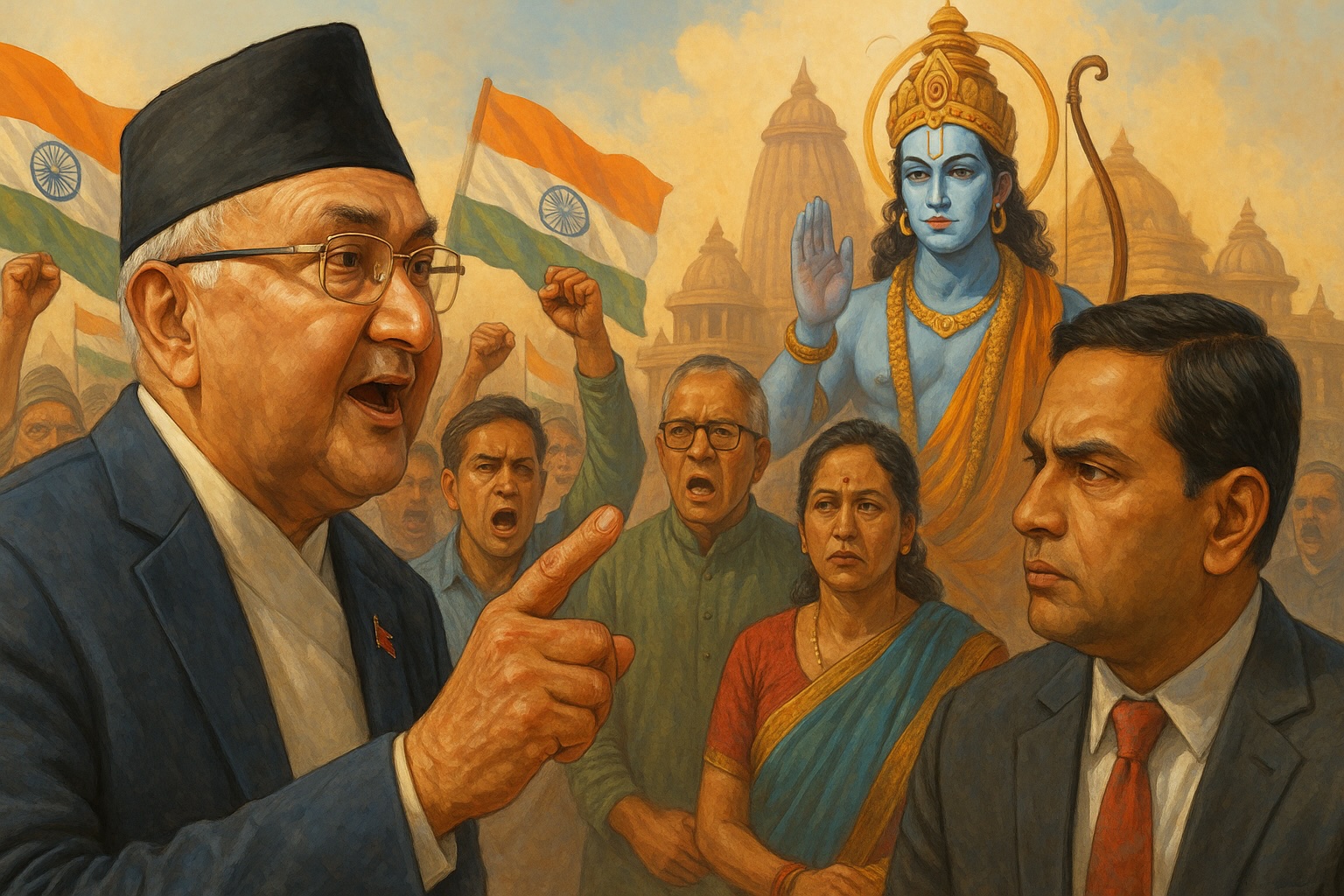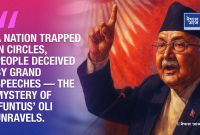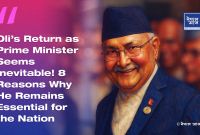“Ram Was Born in Nepal, Not India? PM Oli’s Claim Sparks Diplomatic Firestorm Again”

Kathmandu — In a move that has once again reignited religious and geopolitical tensions in South Asia, Prime Minister Khadga Prasad Sharma Oli of Nepal has reiterated his long-disputed claim: Lord Ram, the revered deity of the Hindu epic Ramayana, was not born in Ayodhya, India—but in the Madi region of Chitwan, Nepal.
Speaking at a national seminar organized by the CPN-UML’s Central Tourism Department on the theme “Tourism in Nepal: Situation, Challenges, and Possibilities,” Oli declared, “Ram was born in Nepal. That place is now part of our territory. Why should we fear speaking the truth?”
Oli’s controversial claim is not new. In 2020, during his earlier tenure as Prime Minister, he made a similar statement that was met with sharp criticism across the border. The Indian media denounced his remarks as historically inaccurate and politically provocative. Ayodhya, in the Indian state of Uttar Pradesh, has long been venerated as Ram’s birthplace by millions of Hindus. Yet, Oli remains unapologetic, insisting that the truth must be spoken—even if it offends others.
This time, the timing of Oli’s statement is being closely scrutinized. As his current term nears its final phase, and in the absence of any formal visit to India during this tenure, political observers speculate that the statement may be a strategic attempt to deflect public attention and pressure India diplomatically. Some critics allege that Oli has grown increasingly frustrated with what he perceives as India’s lack of support for his government.
Despite political rhetoric, bilateral mechanisms between the two governments remain active and functional, with cooperation progressing steadily across multiple sectors. This seemed to be an effort to maintain diplomatic calm and steer the discourse away from further escalation.
Far from being a purely theological argument, Oli backed his claim with references from the Valmiki Ramayana, stating that “Ram and Lakshman crossed the Koshi River and received education from Rishi Vishwamitra on Nepali soil.” He further asserted that Vishwamitra, Rishi Kaushik, and even Lord Shiva were historically tied to Nepal, not India.
The assertion, however, contrasts with centuries of religious tradition and belief. In India, Ram is more than a deity—he is a civilizational symbol, deeply enshrined in the nation’s cultural and political identity. Ayodhya, considered his birthplace, has been the center of major religious movements and even court rulings. Meanwhile, in Thailand, the royal family claims descent from Lord Ram, and in Indonesia, he is celebrated widely through traditional performances like the “Ramayana Ballet.”
Within Nepal, the statement has stirred polarized reactions. Some nationalists hail Oli’s words as a bold reclaiming of Nepal’s forgotten history and cultural pride. Others criticize the timing, calling it a desperate ploy to inflame nationalist sentiment in the face of fading political leverage.
Religious scholars remain cautious. While the Valmiki Ramayana contains descriptions open to interpretive geography, most agree that using mythological texts as geopolitical markers can dangerously blur the lines between faith and foreign policy.
As the debate deepens, a broader question emerges: is this the start of a serious scholarly inquiry into Nepal’s mythological heritage, or a calculated political maneuver framed as cultural nationalism? Whatever the intent, Prime Minister Oli’s remarks have reignited a delicate fault line in the region—one where history, religion, and diplomacy uneasily collide.



